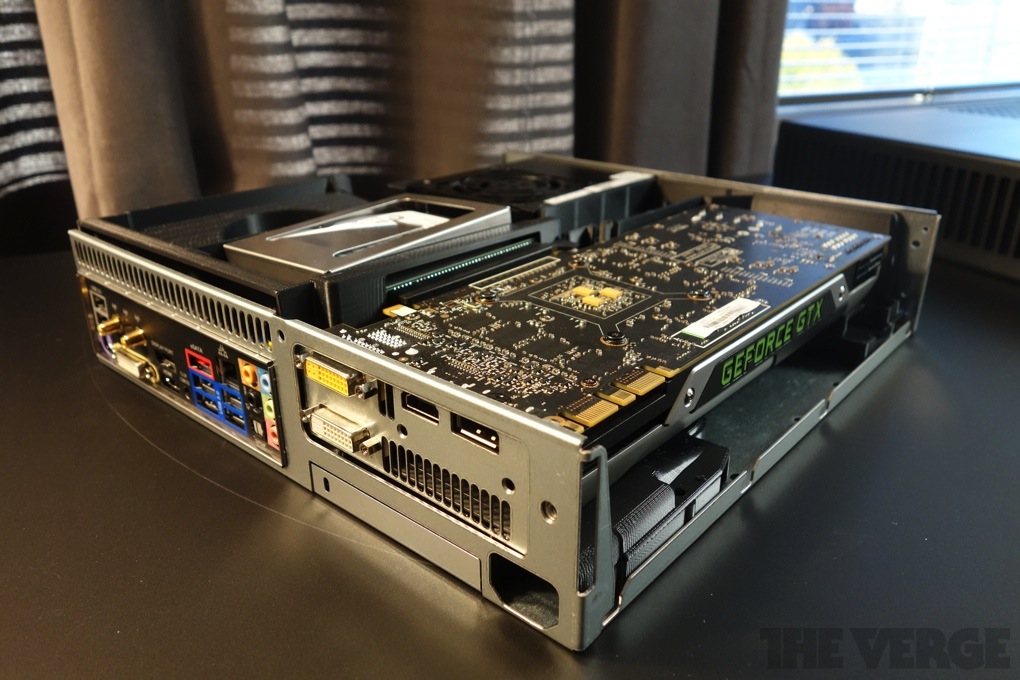Google acquired Nest and details are in the press release.
Nest, Google and you.
Today is undoubtedly an exciting day for all of us at Nest, but it’s also meaningful for you, our customers. I’m sure you have questions about whattoday’s news means for you, the Nest Thermostat, and Nest Protect. While Tony answered many of the broader questions regarding our new partnership with Google, I thought we’d talk product – my favorite!
When you look at stuff in the home the thermostat and smoke detectors are kind of important, but not as important as internet access in the home. Without Internet connection the Nest thermostat and smoke detector are kind of dumb.
So how about if Nest ships a Home Router that is managed device that Google’s smart people with Nest can give us a more highly available internet?
This seems so obvious i hope this comes true by the summer. You’ve got to believe that the Nest team had gone through the use case and numbers to create a Nest Router.
Nest says Safety shouldn’t be annoying.
How about internet connection should not be annoying!!!
A simple thermostat UI. Green things are working. Red Internet connection is down. Google knows your home router has lost connection and is figuring out why? DNS problems. Local internet provider issue. Hard reset required. “push here to reset” Or timeout without internet connection, then hard reset yourself.
Wouldn’t it be great if home routers worked like your smartphones. Android in Routers.




